Home>Furniture>Outdoor Furniture>How Long Does Patio Sealer Take To Dry
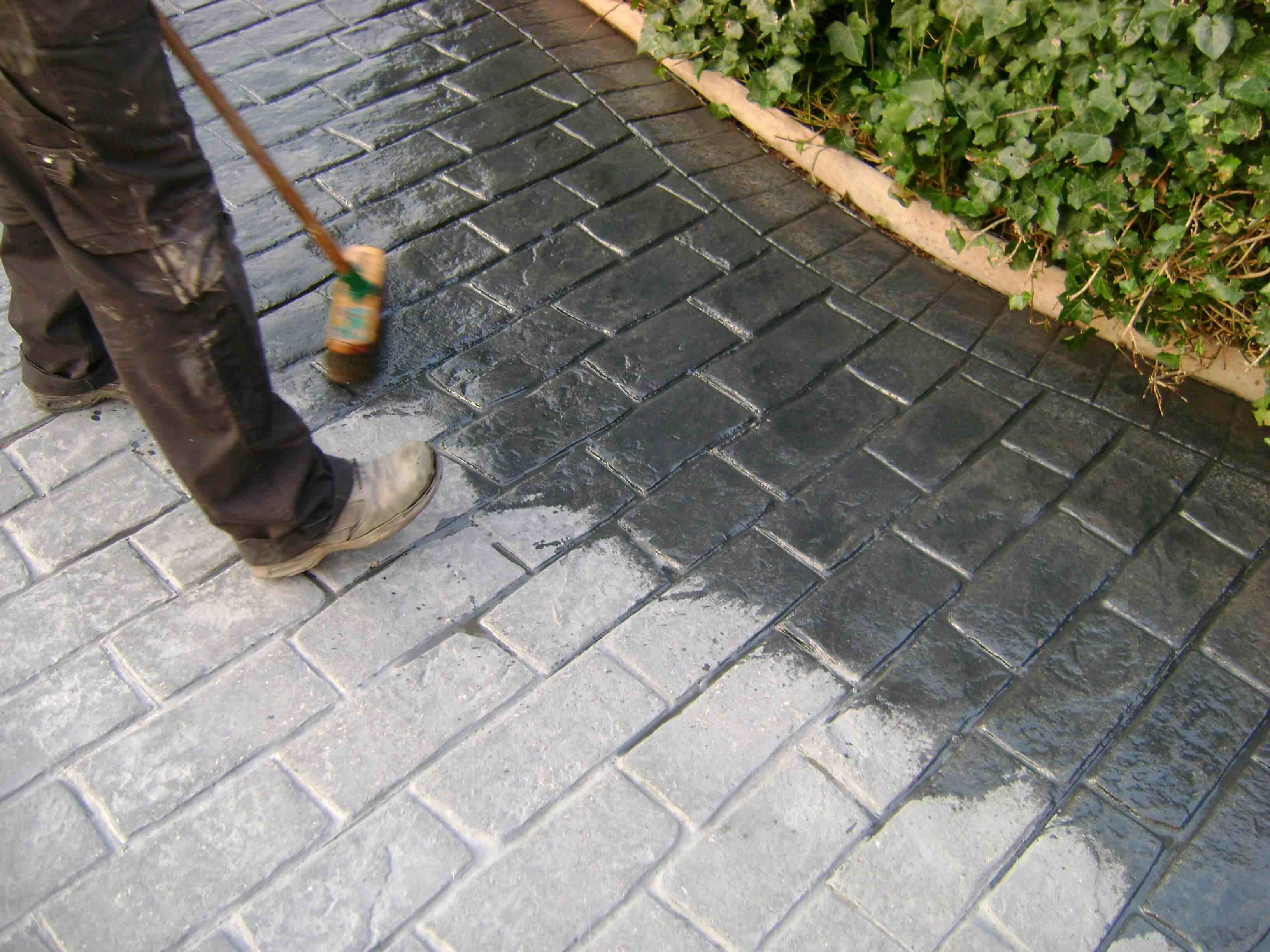

Outdoor Furniture
How Long Does Patio Sealer Take To Dry
Modified: March 7, 2024
Discover how long it takes for outdoor furniture patio sealer to dry. Get insights and tips for a successful patio sealing project.
(Many of the links in this article redirect to a specific reviewed product. Your purchase of these products through affiliate links helps to generate commission for Storables.com, at no extra cost. Learn more)
Introduction
Outdoor furniture is a great addition to any outdoor living space, adding comfort and style to your patio or deck. However, to keep your furniture looking its best and protected from the elements, it’s important to invest in patio sealing. Patio sealers provide a protective barrier that helps to prevent damage from UV rays, moisture, mold, and mildew, extending the lifespan of your outdoor furniture.
One question that often arises when it comes to patio sealing is how long it takes for the sealant to dry. The drying time can vary depending on various factors, including the type of sealer used and environmental conditions. Understanding the drying process and the factors that can impact it will help you better plan and manage your patio sealing project.
In this article, we’ll explore the different types of patio sealers, the importance of patio sealing, factors that affect the drying time, and tips to expedite the drying process. So, let’s dive in and discover the mysteries of patio sealer drying!
Key Takeaways:
- Protect your outdoor furniture by applying patio sealer to shield it from sun, rain, and moisture, preventing damage and extending its lifespan.
- Understand the factors affecting drying time and use tips like optimal weather conditions and thin coats to expedite the drying process for beautifully sealed patio furniture.
Read more: How Long Does A Concrete Patio Take To Dry
What is Patio Sealer?
Patio sealer is a protective coating applied to outdoor furniture, specifically designed to safeguard it from the damage caused by exposure to sun, rain, moisture, and other outdoor elements. It acts as a barrier that prevents water, stains, and UV rays from penetrating the surface of the furniture, preserving its appearance and durability.
Typically, patio sealers are made of acrylic, polyurethane, or epoxy-based formulas that create a transparent or semi-transparent film over the furniture surface. This film provides a layer of protection against moisture, preventing wood from warping or cracking, and metal from rusting.
In addition to protecting against moisture, patio sealers also offer UV resistance. This is particularly important for outdoor furniture as prolonged exposure to sunlight can cause fading, discoloration, and deterioration of materials like wood, plastic, or wicker. By applying a patio sealer, you can significantly extend the lifespan of your outdoor furniture and keep it looking vibrant and fresh for years to come.
An important feature of patio sealers is that they are breathable. This means that they allow the natural moisture in the wood to evaporate while keeping out external moisture. This helps to prevent the growth of mold and mildew, which can thrive in damp environments and cause unsightly stains and foul odors on your furniture.
Patio sealers are available in various formulations, including water-based and solvent-based options. Water-based patio sealers are eco-friendly, low in odor, and dry quickly. Solvent-based sealers, on the other hand, offer exceptional durability and are resistant to harsh weather conditions.
Now that we understand what patio sealers are, let’s explore why sealing your patio furniture is so important.
Importance of Patio Sealing
Sealing your patio furniture is not just a cosmetic choice; it is a crucial step in preserving the beauty and longevity of your outdoor furniture. Here are some key reasons why patio sealing is important:
- Protection from the Elements: Outdoor furniture is constantly exposed to sun, rain, snow, and other weather conditions. Patio sealing provides a protective barrier, preventing moisture from seeping into the furniture and causing damage such as warping, cracking, and rotting. It also shields the furniture from ultraviolet (UV) rays, which can fade colors and weaken materials.
- Prevention of Mold and Mildew: Moisture, humidity, and the outdoor environment create the perfect breeding ground for mold and mildew. These unsightly and unhealthy fungi can grow on the surface of your furniture, leading to stains, odors, and even health issues. Patio sealing helps to inhibit the growth of mold and mildew by blocking moisture and creating a dry environment.
- Enhanced Longevity: Sealing your patio furniture extends its lifespan by protecting it from premature wear and tear. Sealed furniture is less prone to cracking, fading, and other forms of deterioration, allowing you to enjoy your outdoor space for many years.
- Easier Maintenance: Sealed furniture is much easier to clean and maintain. The protective coating makes it resistant to stains, spills, and dirt, so regular cleaning becomes a breeze. It also reduces the need for harsh cleaning agents, as most dirt and grime can be easily wiped away with a gentle cleanser and a cloth.
- Preservation of Aesthetics: Patio sealing enhances the appearance of your outdoor furniture. It provides a glossy or matte finish, depending on the type of sealer used, which can enhance the colors and textures of the furniture. Additionally, the protective coating helps to keep furniture looking newer for longer, minimizing the need for refinishing or repairs.
By investing in patio sealing, you are making a proactive effort to protect your outdoor furniture and extend its lifespan. Not only does this save you money in the long run by reducing the need for replacements, but it also ensures that your outdoor space remains inviting and visually appealing.
In the next section, we will explore the factors that can affect the drying time of patio sealers.
Factors Affecting Drying Time
The drying time of patio sealers can vary depending on several factors. It is important to understand these factors to effectively plan and manage your patio sealing project. Here are the key factors that can affect the drying time:
- Type of Sealer: Different types of patio sealers have varying drying characteristics. Water-based sealers generally dry faster than solvent-based sealers. Additionally, some sealers are designed for quick-drying applications, while others require a longer curing period. It is essential to follow the manufacturer’s instructions regarding the drying time for the specific sealer you are using.
- Environmental Conditions: The surrounding environment plays a significant role in the drying time of patio sealers. Factors such as temperature, humidity, and airflow can impact how quickly the sealer dries. Generally, warmer temperatures facilitate faster drying, while cooler temperatures slow down the process. High humidity levels can also prolong the drying time. It is advisable to avoid sealing your furniture during extreme weather conditions that may hinder the drying process.
- Thickness of Application: The thickness of the sealer application can affect the drying time. Applying a thicker coat of sealer will generally require more time to dry completely. It is crucial to follow the recommended application guidelines provided by the manufacturer to ensure optimal drying and performance of the sealer.
- Type of Surface: The material of your outdoor furniture can also impact the drying time. Porous materials, such as wood, may absorb the sealer more quickly, resulting in a shorter drying time. On the other hand, non-porous materials, like metal or plastic, may require more time for the sealer to fully cure.
- Ventilation: Proper ventilation during the drying process is essential. Adequate airflow helps to evaporate moisture and expedite the drying time. If possible, place your furniture in a well-ventilated area or use fans to increase airflow. However, be cautious not to direct strong airflow directly onto the furniture, as it may disturb the drying process.
It is important to consider these factors and plan accordingly when sealing your patio furniture. Remember, each project may have unique circumstances, so it is always advisable to consult the manufacturer’s instructions for specific guidelines on drying time.
Next, let’s explore the different types of patio sealers available in the market.
Types of Patio Sealers
When it comes to patio sealers, there are several options available to choose from. Different types of sealers offer various benefits and are suitable for different types of outdoor furniture materials. Here are some common types of patio sealers:
- Acrylic Sealers: Acrylic sealers are popular for their versatility and ease of use. They provide a protective film that enhances the natural color and texture of the furniture while offering resistance against UV rays, moisture, and stains. Acrylic sealers are available in both water-based and solvent-based formulations.
- Polyurethane Sealers: Polyurethane sealers are known for their durability and long-lasting protection. They create a thick and glossy coating that effectively shields furniture from moisture, UV rays, and general wear and tear. Polyurethane sealers are available in water-based and oil-based variants.
- Epoxy Sealers: Epoxy sealers are exceptionally strong and provide a high level of protection. They are commonly used for concrete or stone patio furniture. Epoxy sealers create a tough, waterproof barrier that prevents moisture intrusion, staining, and damage caused by chemicals or heavy use.
- Penetrating Sealers: Penetrating sealers are designed to soak into the pores of the wood or other porous materials, providing long-lasting protection from within. They do not leave a visible film on the surface, allowing the natural beauty of the furniture to shine through, while still offering protection against moisture and UV rays.
- Natural Oil Sealers: Natural oil sealers, such as linseed oil or tung oil, are derived from plant-based sources. They penetrate into the wood, nourishing and protecting from within. While natural oil sealers may require more frequent reapplication, they provide a beautiful, natural-looking finish and are an eco-friendly option.
Each type of sealer has its own unique properties, so it is crucial to select the one that best suits your specific needs and the material of your outdoor furniture. Consider factors such as the level of protection required, the desired aesthetic appearance, and the maintenance requirements when choosing a patio sealer.
Now that we’ve explored the different types of patio sealers available, let’s delve into the drying process for these sealers.
The drying time for patio sealer can vary depending on the type of sealer used. Generally, water-based sealers can take 1-4 hours to dry, while solvent-based sealers can take 24-48 hours. Always follow the manufacturer’s instructions for best results.
Understanding the Drying Process
Understanding the drying process of patio sealers is essential to effectively plan and manage your patio sealing project. The drying process generally involves two stages: evaporation and curing.
During the initial stage, the solvent or water in the sealer evaporates. This evaporation process is influenced by environmental conditions such as temperature, humidity, and airflow. Warmer temperatures and lower humidity levels facilitate faster evaporation, while cooler temperatures and higher humidity levels can slow it down. It is important to allow sufficient time for this evaporation stage before proceeding to the next stage.
Once the solvent or water has evaporated, the sealer enters the curing stage. Curing refers to the chemical reaction that occurs within the sealer, leading to the formation of a durable protective coating. This stage may take longer and can be influenced by various factors, including the type of sealer, the thickness of the application, and the material of the furniture.
It’s important to note that the drying time and curing time are not the same. Drying refers to the evaporation of solvents or water, while curing refers to the complete hardening and development of the protective film. While the sealer may appear dry to the touch, it may still be in the process of curing. It is recommended to allow sufficient curing time to ensure the sealer reaches its optimal strength and durability.
Patience is key when it comes to the drying and curing process. Rushing the process or exposing the furniture to moisture or heavy use before the sealer has fully dried and cured can compromise the effectiveness of the sealing job.
Next, let’s explore the average drying time for different types of patio sealers.
Average Drying Time for Different Sealers
The drying time of patio sealers can vary depending on the type of sealer used. While the actual drying time may differ based on environmental conditions and other factors, here are some average drying times for different types of sealers:
- Water-based Acrylic Sealers: Water-based acrylic sealers are popular for their quick drying time. On average, they can dry to the touch within 1-2 hours. However, full curing may take up to 24 hours. It is important to avoid any moisture exposure or heavy use during the curing process.
- Solvent-based Acrylic Sealers: Solvent-based acrylic sealers typically have a longer drying time compared to their water-based counterparts. It may take around 4-6 hours for the sealer to dry to the touch, and complete curing may take up to 48 hours or more.
- Polyurethane Sealers: Drying times for polyurethane sealers can vary depending on whether they are water-based or oil-based. Water-based polyurethane sealers can dry to the touch within 2-4 hours, while oil-based polyurethane sealers may require 6-8 hours or more. Full curing for both types can take several days.
- Epoxy Sealers: Epoxy sealers have a longer drying time compared to acrylic or polyurethane sealers. They typically take around 8-12 hours to dry to the touch and may require 48 hours or more for complete curing.
- Penetrating Sealers: Drying times for penetrating sealers can vary depending on the material and porosity of the furniture. On average, it may take 4-6 hours for the sealer to dry to the touch, and full curing can take up to 48 hours or longer.
- Natural Oil Sealers: Natural oil sealers tend to have a longer drying time compared to other sealers. Depending on the specific oil used, it can take anywhere from 12 hours to several days for the sealer to dry and cure fully.
It’s important to note that these are average drying times and can vary based on environmental conditions and the specific sealer used. Additionally, thicker applications may require more time to dry and cure completely. Always follow the manufacturer’s instructions for the specific sealer you are using to ensure optimal results.
In the next section, we’ll discuss some tips to help expedite the drying process for your patio sealing project.
Tips to Expedite Drying
If you’re eager to enjoy your newly sealed patio furniture sooner, there are several tips and techniques you can employ to help expedite the drying process. Here are some effective ways to speed up the drying time of patio sealers:
- Optimal Weather Conditions: Choose a day with favorable weather conditions for the best drying results. Aim for temperatures between 70-90°F (21-32°C), with low humidity levels. Avoid sealing on rainy or excessively humid days, as it can hinder the drying process.
- Adequate Ventilation: Ensure proper airflow around your furniture by placing it in a well-ventilated area. Open windows and doors, or use fans to increase air circulation. This helps to promote evaporation and speed up the drying time.
- Thinner Coats: Apply thin, even coats of sealer to your furniture. Thicker coats can take longer to dry and may result in uneven drying. Following the manufacturer’s recommended thickness guidelines will facilitate faster drying and ensure proper curing.
- Proper Application Techniques: Apply the sealer according to the manufacturer’s instructions, using the recommended tools and techniques. This ensures that the sealer is applied evenly, allowing for more consistent drying and curing.
- Heat Sources: Use heat sources, such as heat lamps or infrared heaters, to provide additional warmth during the drying process. Be cautious not to place the heat source too close to the furniture to avoid any potential damage.
- Extended Drying Time: If you have the flexibility to allow for a longer drying time, consider leaving your furniture untouched for an extended period. Patience is key in ensuring that the sealer has ample time to dry and cure thoroughly.
Remember to always follow the manufacturer’s instructions for the specific sealer you are using, as different sealers may have specific guidelines for drying and curing. It’s better to err on the side of caution and give the sealer more time to dry than to rush the process and risk compromising the final results.
By implementing these tips, you can help expedite the drying time of your patio sealers and enjoy your beautifully sealed outdoor furniture in no time.
In the next section, we’ll discuss some common mistakes to avoid during the patio sealing process.
Common Mistakes to Avoid
When it comes to patio sealing, there are a few common mistakes that people often make. By being aware of these mistakes, you can ensure a successful and effective sealing process for your patio furniture. Here are some common mistakes to avoid:
- Insufficient Cleaning: One common mistake is not thoroughly cleaning the furniture before applying the sealer. It’s important to remove any dirt, dust, or debris from the surfaces to ensure proper adhesion of the sealer. Failing to clean adequately can result in a poor quality seal and reduced durability.
- Inadequate Drying Time: Rushing the drying time of the sealer is another mistake to avoid. It’s crucial to allow the recommended drying and curing time specified by the manufacturer. Cutting corners and using the furniture before it is fully dry can lead to smudges, uneven sealing, and compromised protection.
- Applying Too Thick of a Coat: Applying a thicker coat of sealer in an attempt to speed up the process can actually have the opposite effect. Thick coats take longer to dry and may result in uneven curing. Follow the manufacturer’s recommended guidelines for the appropriate thickness of the sealer application.
- Overlapping Sealer Coats: When applying multiple coats of sealer, be cautious not to overlap the wet sealer with partially dried or cured sealer. This can result in a visible line or uneven appearance. Allow each coat to dry fully before applying the next to achieve a seamless finish.
- Not Protecting Surrounding Areas: Failure to protect surrounding areas during the sealing process can lead to unintended mess and damage. Cover nearby plants, flooring, or any objects that could be splattered or stained by the sealer. Take precautionary measures to ensure a clean and controlled application process.
- Improper Storage and Disposal: Properly store any leftover sealer according to the manufacturer’s instructions. Improper storage can lead to the sealer spoiling or becoming ineffective. When disposing of any unused sealer, follow local regulations for proper disposal methods to help protect the environment.
By avoiding these common mistakes, you can ensure a successful patio sealing process and maximize the protection and longevity of your outdoor furniture.
Now that we’ve covered the common mistakes to avoid, let’s wrap up our discussion on patio sealing.
Read more: How Long Does It Take For Brick To Dry
Conclusion
Patio sealing is a vital step in maintaining the beauty and durability of your outdoor furniture. By applying a protective layer of sealer, you can shield your furniture from the harsh effects of the sun, rain, moisture, and other outdoor elements. It helps to prevent damage, such as warping, cracking, fading, and the growth of mold and mildew.
Understanding the factors that affect drying time, such as the type of sealer, environmental conditions, and the material of your furniture, is crucial for a successful patio sealing project. Choosing the right sealer for your specific needs and following the manufacturer’s instructions on drying and curing times will help ensure optimal results.
While patience is key in allowing the sealer to dry and cure fully, there are a few tips you can employ to expedite the process. Optimizing weather conditions, promoting airflow, and applying thin coats of sealer can speed up the drying time. However, it’s important to avoid common mistakes such as insufficient cleaning, inadequate drying time, and improper application techniques.
By avoiding these mistakes and taking appropriate precautions, you can enjoy the benefits of a beautifully sealed patio, prolong the lifespan of your outdoor furniture, and reduce the need for costly replacements.
Remember, proper maintenance plays a vital role in extending the longevity of your patio sealing. Regular cleaning and periodic reapplication of sealer, as recommended by the manufacturer, will help preserve the appearance and protection of your furniture for years to come.
So, take the time to invest in patio sealing and give your outdoor furniture the care it deserves. Sit back, relax, and enjoy your outdoor living space, knowing that your furniture is well-protected and ready to withstand the elements.
Frequently Asked Questions about How Long Does Patio Sealer Take To Dry
Was this page helpful?
At Storables.com, we guarantee accurate and reliable information. Our content, validated by Expert Board Contributors, is crafted following stringent Editorial Policies. We're committed to providing you with well-researched, expert-backed insights for all your informational needs.
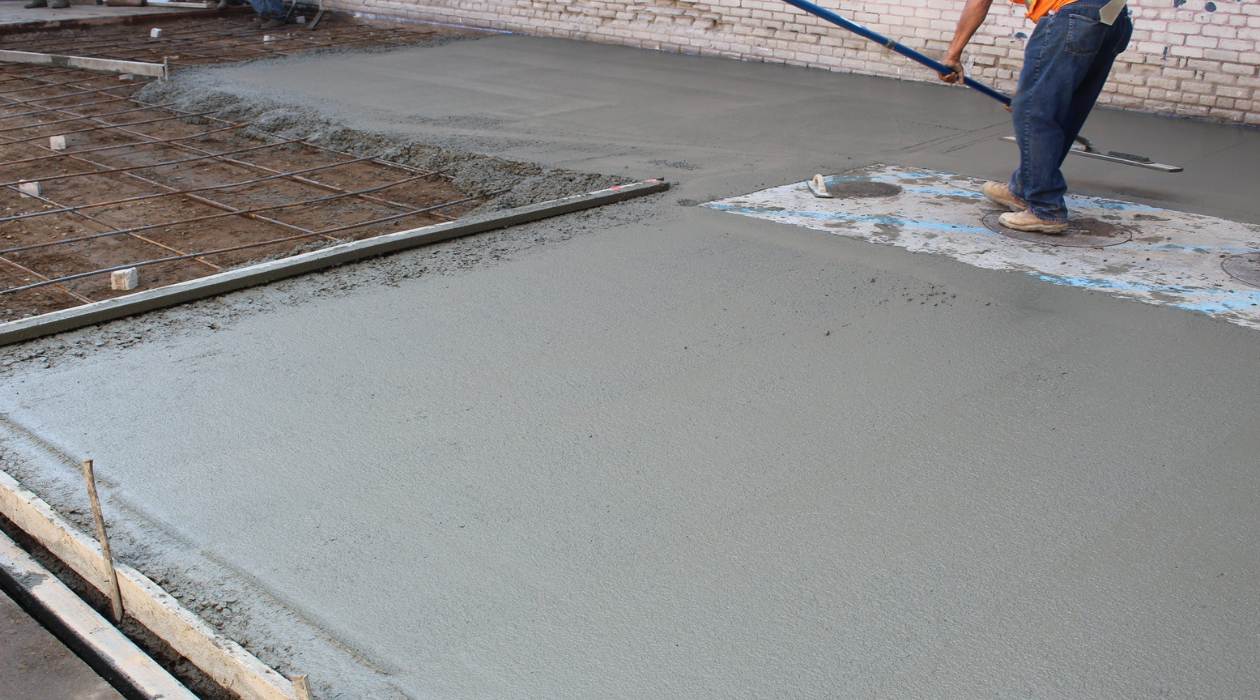
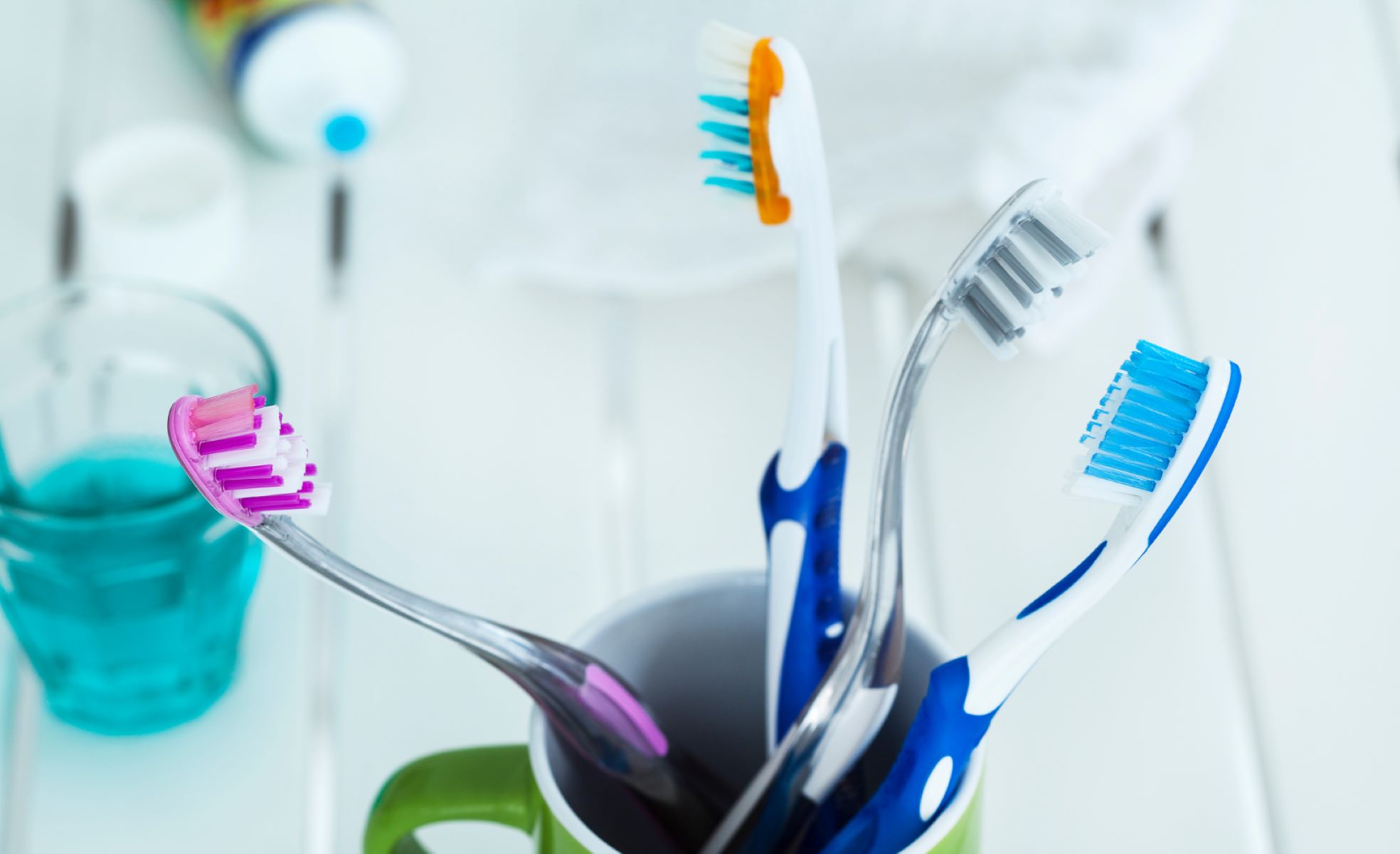
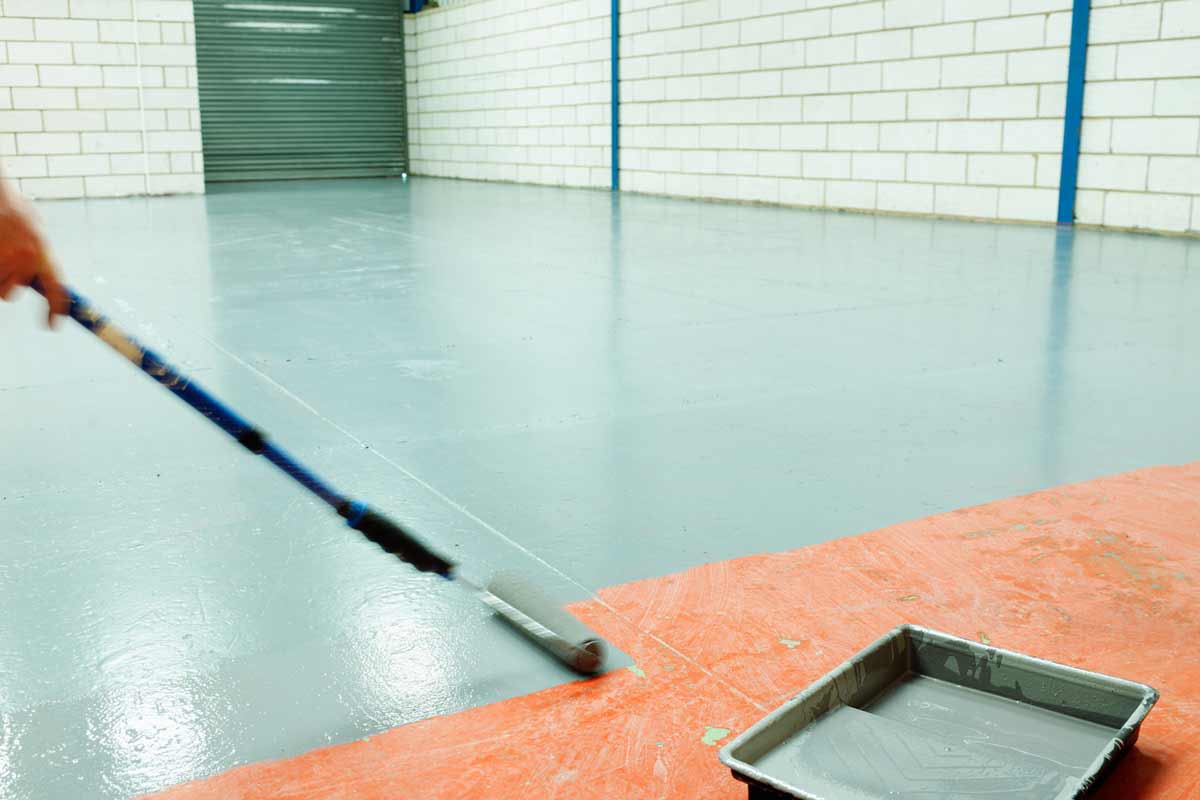
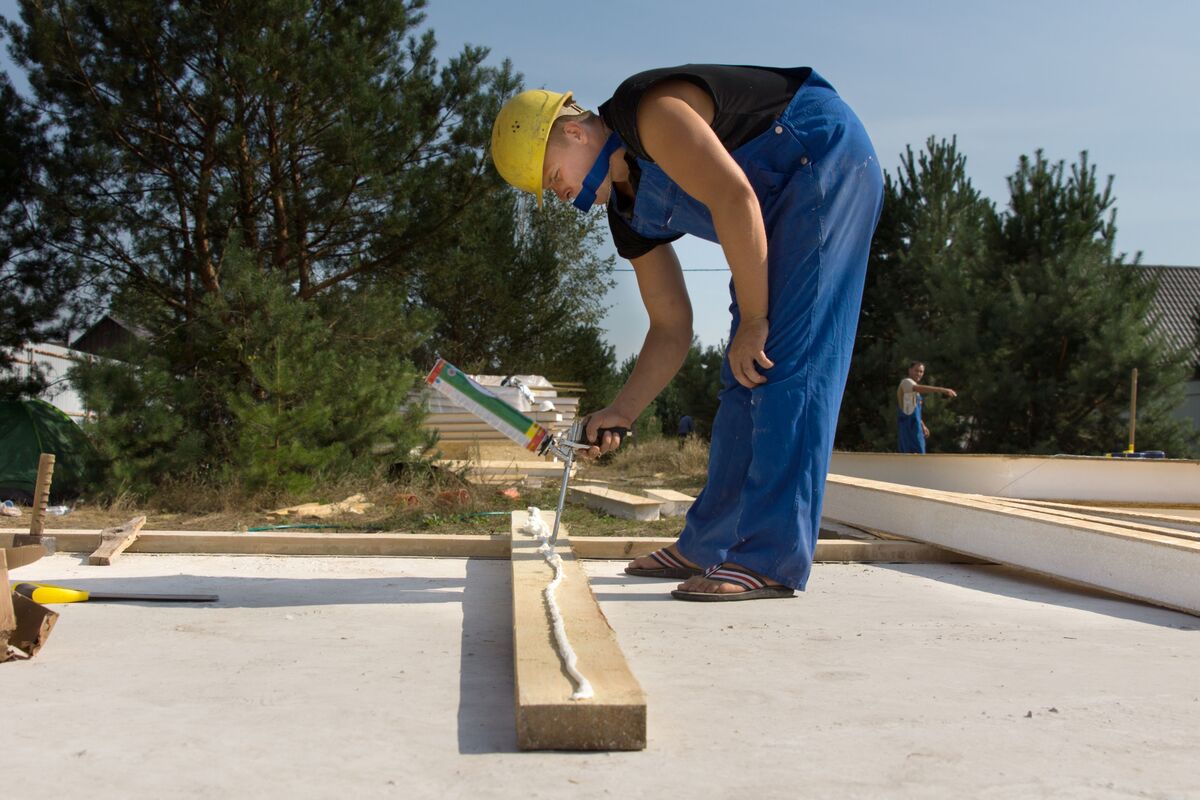
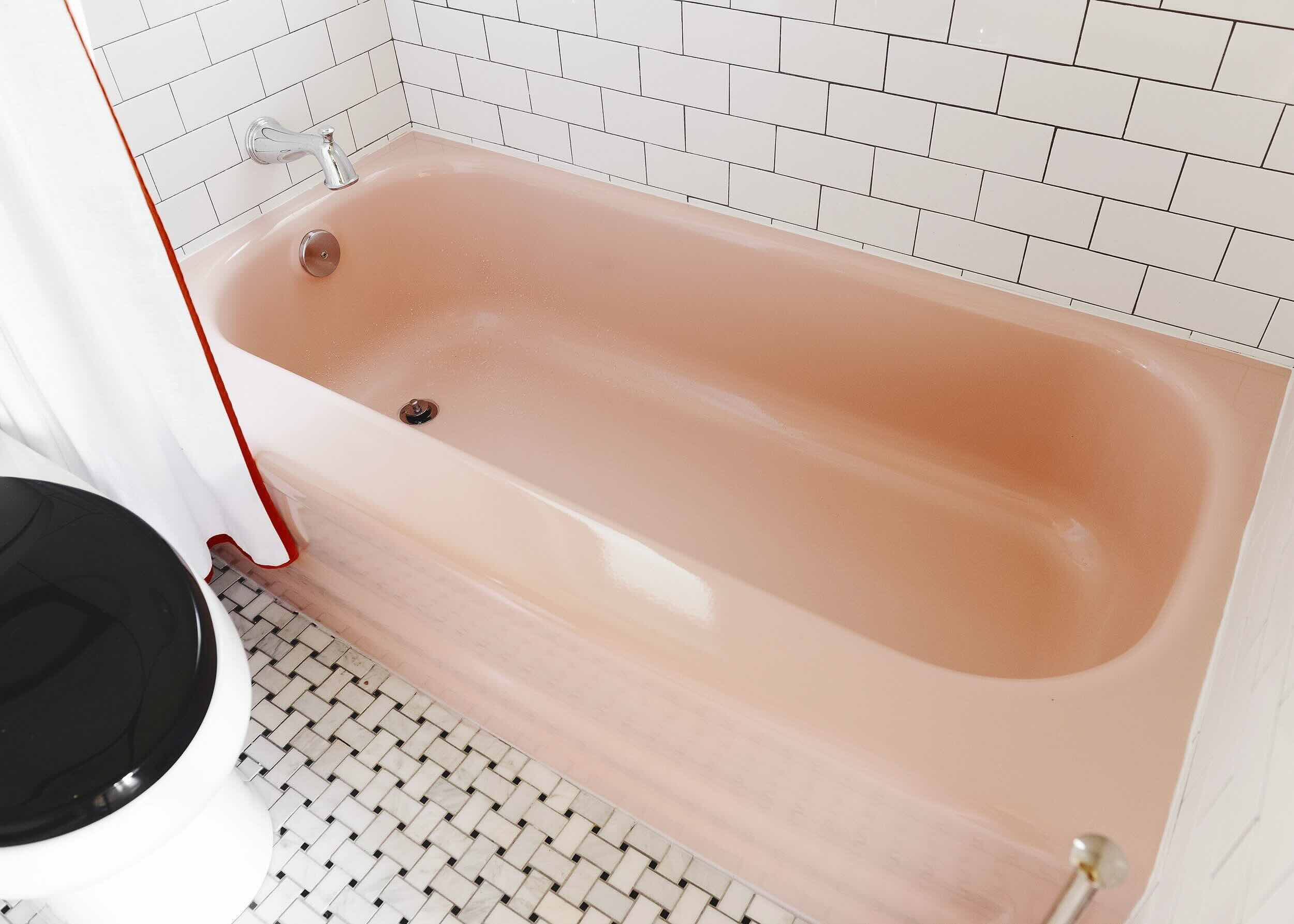
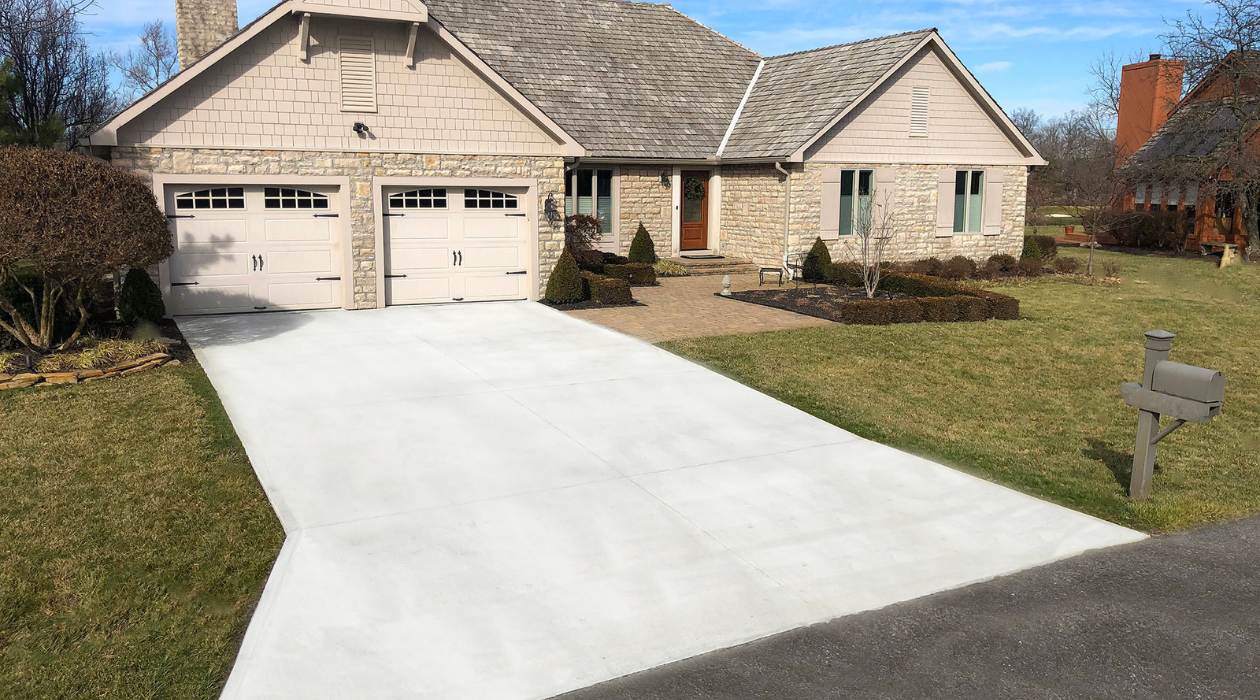
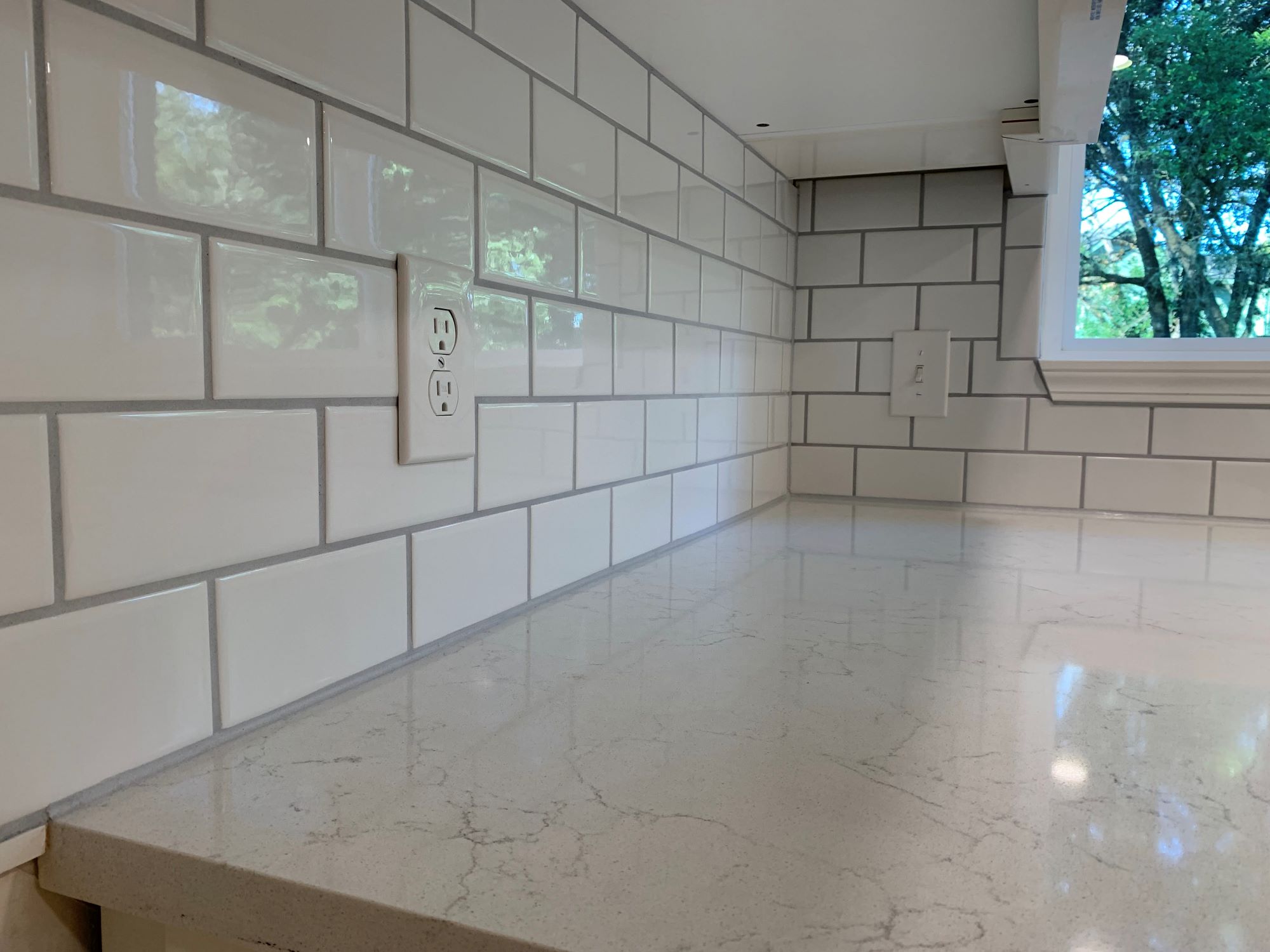
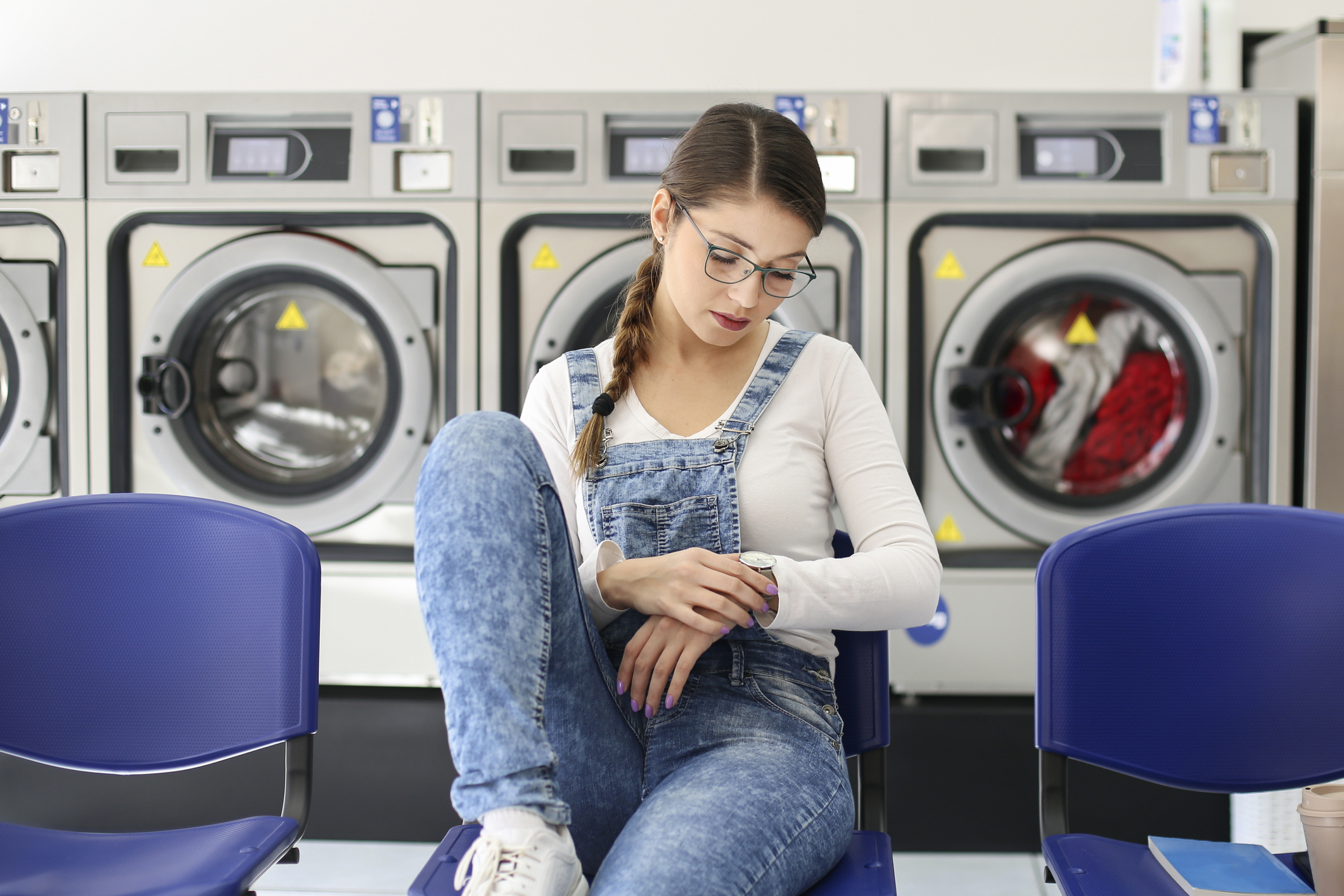
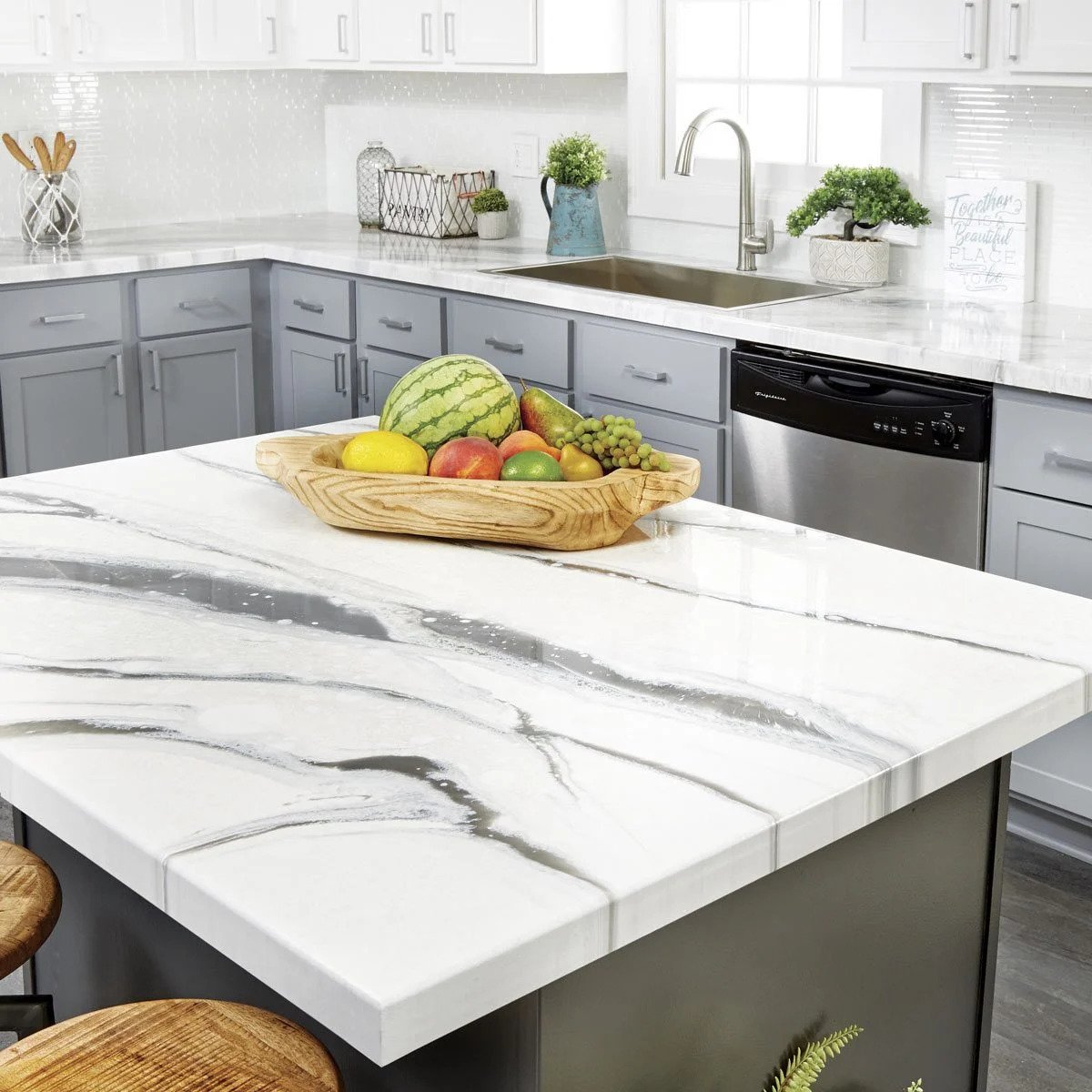

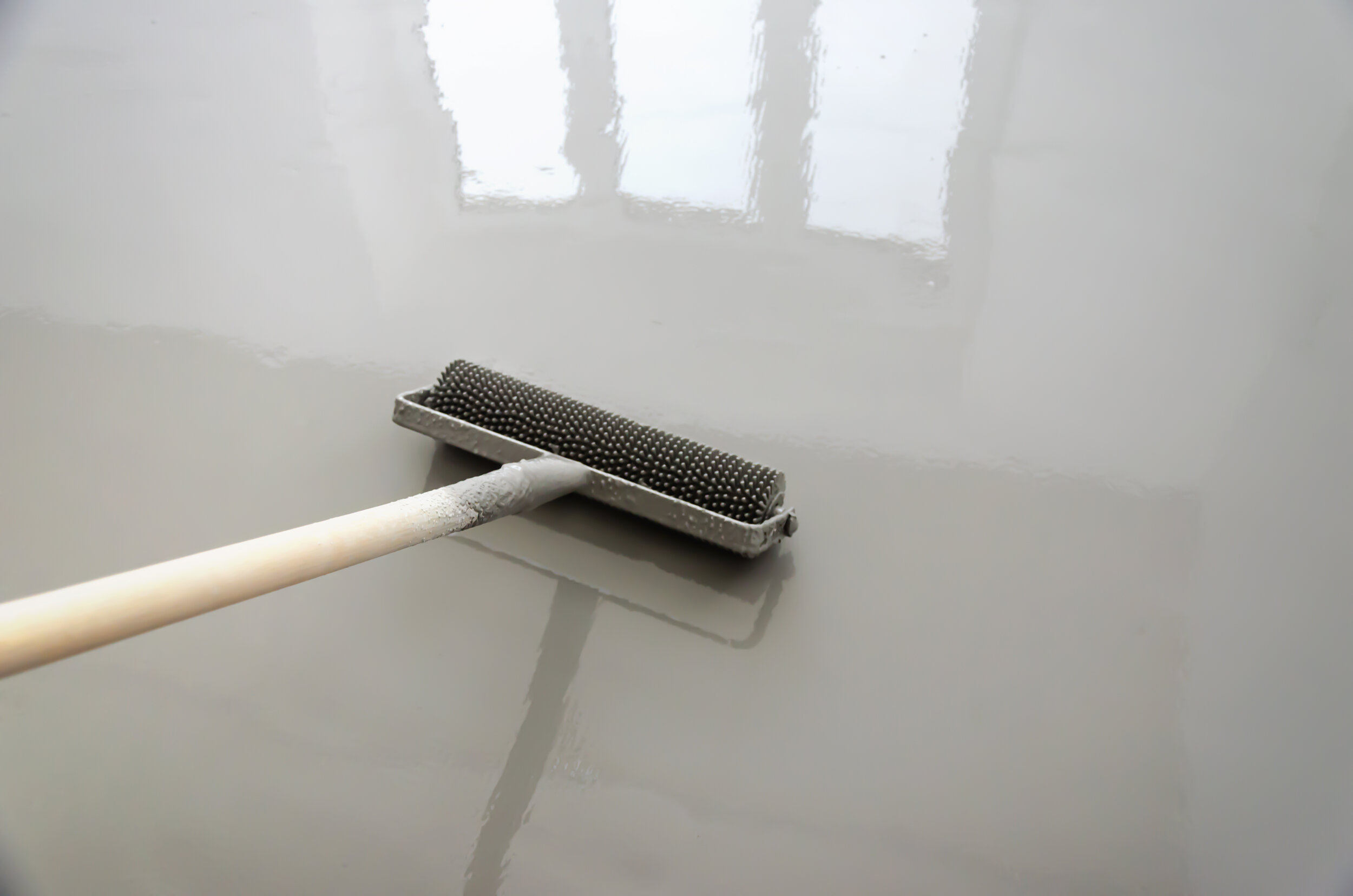
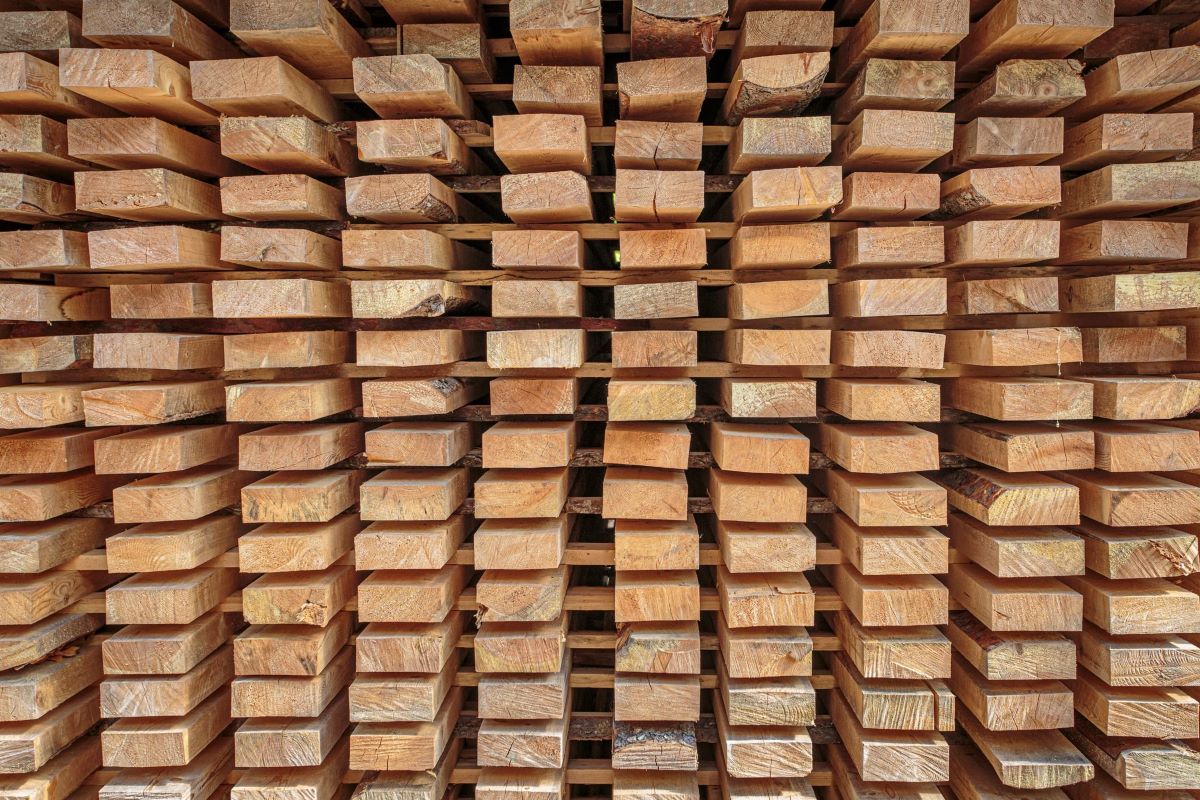
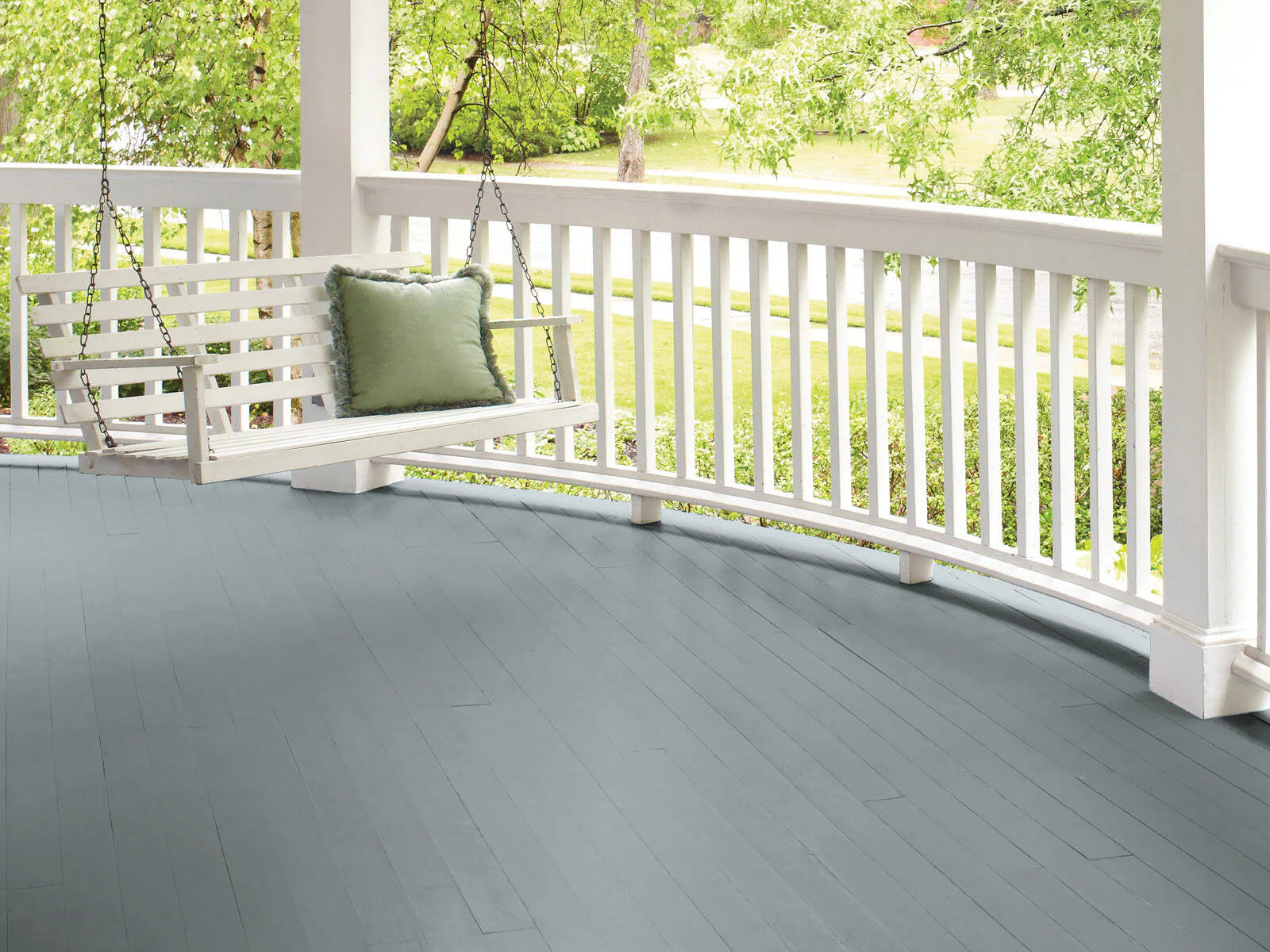

0 thoughts on “How Long Does Patio Sealer Take To Dry”